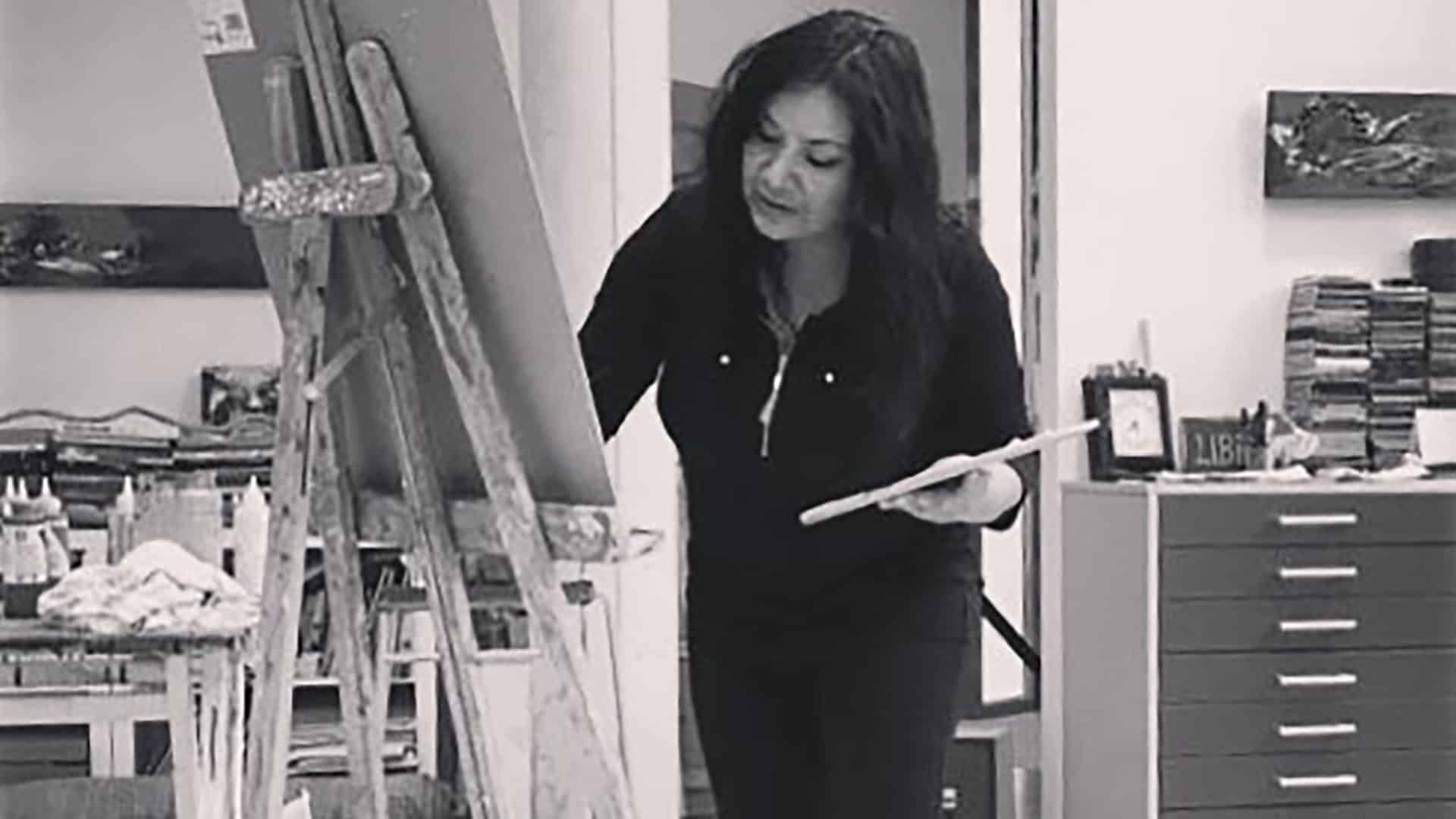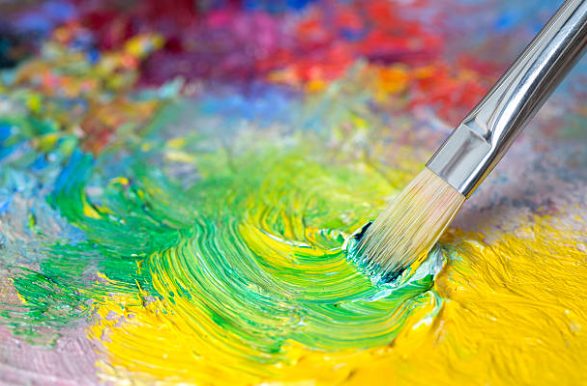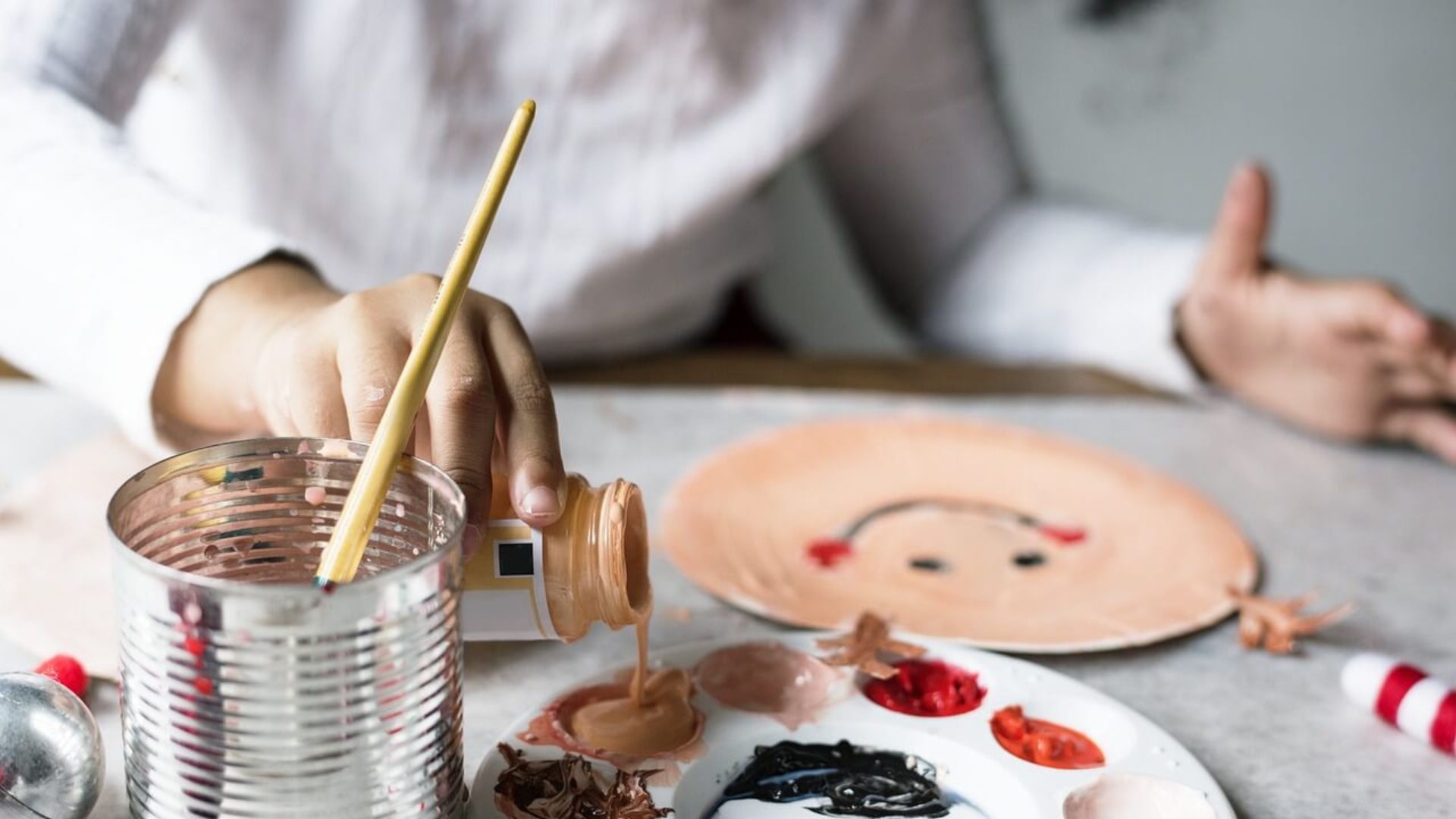
Oil paints are a type of paint made by mixing pigments (color particles) with a drying oil, usually linseed oil. This mixture creates a thick, slow-drying paint that artists can blend and layer easily. Because oil paints dry slowly, they allow for detailed work, smooth transitions, and rich textures.
Key Features of Oil Paints:
- Slow Drying: Allows for blending and reworking over a long period.
- Rich Colors & Depth: The pigments create vibrant, deep colors.
- Versatile Application: Can be used thickly (impasto) or thinly (glazes).
- Durability: Once dry, oil paintings last for centuries without fading.
Common Drying Oils Used:
- Linseed oil (most common)
- Walnut oil
- Poppy seed oil
- Safflower oil
Production of Oil Paints:
Oil paints are made by mixing finely ground pigment with a drying oil. The process involves several steps:
- Pigment Preparation – Natural or synthetic pigments are ground into a fine powder.
- Mixing with Oil – Pigments are blended with a drying oil (such as linseed, safflower, or walnut oil) to form a paste.
- Grinding – The mixture is ground using rollers or a mill to achieve a smooth, even consistency.
- Testing & Adjustments – Manufacturers test for consistency, drying time, and color quality, adjusting if necessary.
- Packaging – The final paint is stored in tubes or containers for sale.
Usage of Oil Paints:
Oil paints are widely used in various fields due to their versatility and durability:
- Fine Art – Used by artists for creating detailed, textured, and realistic paintings.
- Decorative Painting – Applied in murals and furniture painting for rich colors and longevity.
- Restoration – Used to restore old paintings and artworks.
- Industrial Applications – In some cases, oil-based paints are used for protective coatings on metals and wood.
Oil painting requires special techniques such as glazing (thin layers), impasto (thick application), and underpainting (base layers). It also needs proper ventilation, as some oil paints contain strong solvents.
See My Oil Paint artworks from here
How is Oil Paint Used?
Oil paint is used in various ways, depending on the artist’s technique and the desired effect. Here’s a breakdown of how oil paint is typically applied:
Preparing the Surface
Oil paint is usually applied to a canvas, wood panel, or board primed with gesso to prevent oil absorption.
The surface should be smooth and dry before starting.
Choosing the Right Tools
Brushes – Different shapes and sizes create various textures.
Palette Knife – Used for thick applications and textured effects.
Mediums & Solvents – Linseed oil, turpentine, and drying agents help control consistency and drying time.
Application Techniques
- Underpainting – A thin first layer (often monochrome) to set up composition and values.
- Glazing – Applying transparent layers for depth and luminosity.
- Impasto – Using thick paint for a textured, three-dimensional effect.
- Blending & Smudging – Achieved due to the slow drying time, allowing smooth transitions.
- Scumbling – Light, dry-brush application over a dry layer to create a hazy effect.
Drying & Finishing
Oil paint takes days to weeks to dry, depending on the thickness and medium used.
Once fully dry, a varnish can be applied to protect the painting and enhance its colors.
Oil paint is used in various fields due to its rich color, durability, and blending properties. Here are some of its primary applications:
Fine Art & Paintings:
Used by artists for creating detailed and textured artworks.
Famous in traditional and modern painting styles.
Examples: Portraits, landscapes, abstract art, and classical paintings
Murals & Decorative Art:
Applied in large-scale wall murals and ceiling paintings (e.g., Michelangelo’s Sistine Chapel).
Used in home décor and furniture painting for a luxurious look.
Restoration & Conservation:
Used in art restoration to repair old paintings.
Helps preserve historical artworks in museums and galleries.
Industrial & Commercial Use:
Some oil-based paints are used for coating wood, metal, and walls due to their durability.
Found in automotive and marine industries for corrosion protection.
Educational & Hobbyist Use:
Used by art students and hobbyists for learning traditional painting techniques.
Commonly used in art therapy for relaxation and creativity.

Starting with oil paint as a beginner can be both exciting and a bit overwhelming, but it’s a rewarding medium to work with. Here’s a simple guide for beginners to help you get started with oil painting:
Essential Supplies for Beginners
Oil Paints: Start with a basic set of colors, such as:
- Titanium White
- Cadmium Red (or a red of your choice)
- Yellow Ochre or Cadmium Yellow
- Ultramarine Blue
- Burnt Umber or a brown color
- Alizarin Crimson or another red
- Brushes: Use brushes specifically made for oil painting. Flat and round brushes are essential, and you can get a beginner set that includes various sizes.
- Canvas: A pre-stretched canvas or canvas board is ideal. You don’t need to worry about priming if the canvas is already primed.
Mediums and Solvents
- Linseed oil is a popular medium for adding body and enhancing flow.
- Turpentine or mineral spirits is used to thin the paint or clean brushes.
- Palette: A glass or wooden palette works well for mixing oil paints.
- Palette Knife: For mixing paint and applying it in a textured way.
Basic Techniques to Try
Underpainting: Start with a monochrome (single color) underpainting to outline shapes and create tonal values before layering your oil paints.
Glazing: Apply thin layers of transparent paint over dry layers to create depth and luminosity.
Impasto: Use thick, textured strokes for a more 3D effect.
Wet-on-Wet: This technique involves painting directly onto wet paint, which allows for smoother blending.
Layering: Start with thin layers and gradually build up thickness, ensuring each layer dries before applying the next.
How to Paint with Oil Paints
Start Simple: Begin with simple subjects like fruit, flowers, or basic still lifes to get comfortable with blending and color mixing.
Blend Gradually: Oil paint blends easily due to its slow drying time. Take your time to smooth out transitions in color and light.
Allow Drying Time: Oil paint can take days to weeks to fully dry, depending on the thickness of the layers. Be patient and avoid rushing.
Common Mistakes to Avoid
Overworking the Paint: Oil paint is forgiving, but avoid excessive manipulation, as it can muddy colors.
Skipping the Mediums: Oil paints can be thick, and sometimes you’ll need a medium (like linseed oil) to make the paint flow better
Not Cleaning Brushes Properly: Clean your brushes thoroughly with solvent to prevent them from getting ruined.
Helpful Tips
Practice Color Mixing: Spend time learning how to mix colors, as this will help you understand how to create different shades and hues.
Work in Layers: Start with an underpainting and add layers of color, allowing each one to dry before proceeding.
Experiment: Don’t be afraid to try different techniques or color combinations. Oil painting allows for creativity and exploration.
Beginner-Friendly Oil Paint Sets
Here are some beginner-friendly oil paint sets that are easy to use and affordable:
Winsor & Newton Winton Oil Color – A great set for beginners due to its quality and price.
Mont Marte Oil Paint Set – Budget-friendly with a range of colors suitable for beginners.
Famous Artists Who Used Oil Paints:
- Leonardo da Vinci
- Vincent van Gogh
- Rembrandt
- Claude Monet
- Isabel Zaman
Buy Now My Masterpieces from here

Frequently Asked Questions:
How is oil paint made?
Pigment powder is mixed with drying oils like linseed, walnut, or poppy oil.
How is oil paint used?
It is applied with brushes or palette knives on surfaces like canvas, wood, or panels, often in layers.
What oil paint colors are toxic?
Some traditional pigments, like lead white, cobalt green, and cadmium colors, contain heavy metals and can be hazardous.
What oil paint colors are transparent?
Colors like Alizarin Crimson, Ultramarine Blue, and Viridian Green are known for their transparency.
Which oil paint colors dry the fastest?
Earth tones like Burnt Umber and Raw Sienna dry faster due to their chemical composition.
Oil paint for wood?
Yes, but it should be sealed properly to prevent damage.
Oil paint for beginners?
Yes, but it requires patience due to long drying times.
Oil paint remover?
Use mineral spirits, turpentine, or specialized paint removers
Oil paint remover from cloths?
Dab with turpentine or rubbing alcohol before washing.
How to remove Oil Paint from brushes?
Clean with mineral spirits or linseed oil, then wash with soap and water.


